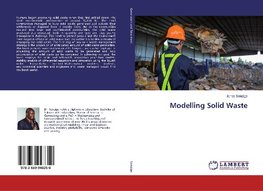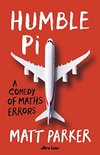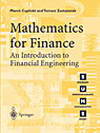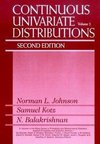
-
 Anglický jazyk
Anglický jazyk
Modelling Solid Waste
Autor: Jonas Senzige
Humans began producing solid waste when they first settled down into small non-nomadic communities at around 10,000 BC. The small communities managed to bury solid waste generated just outside their settlements or disposed them in nearby rivers. But as the... Viac o knihe
Na objednávku, dodanie 2-4 týždne
57.33 €
bežná cena: 63.70 €
O knihe
Humans began producing solid waste when they first settled down into small non-nomadic communities at around 10,000 BC. The small communities managed to bury solid waste generated just outside their settlements or disposed them in nearby rivers. But as the communities evolved into large and sophisticated communities, the solid waste produced also increased, both in quantity and type and thus posing management challenge. The need to protect people and the environment from negative effects of solid waste lead the authorities to devise means of managing the solid waste. The first step of any solid waste management strategy is the projection of anticipated amount of solid waste generation. This book presents some mathematical techniques that can be employed in projecting the amount of solid waste to be generated and how accumulation of solid waste can be contained. In achieving this goal, the book employs the Leslie and Lefkovitch population projection models, stability analysis of differential equations and simulation using the fourth order Runge-Kutta method. Mathematical modeling students, environmental scientists and engineers and waste managers would find this book useful.
- Vydavateľstvo: LAP LAMBERT Academic Publishing
- Rok vydania: 2020
- Formát: Paperback
- Rozmer: 220 x 150 mm
- Jazyk: Anglický jazyk
- ISBN: 9783659948350












